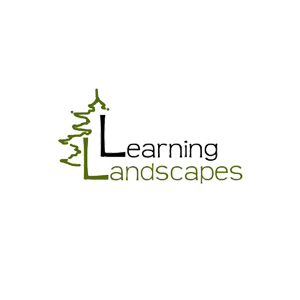U.S. Air Force photo/Staff Sgt. Samantha Mathison
How are they inclusive? Where is the play? If we mean playgrounds and not theme parks, we are discussing ramps, swings, monkey bar climbing and other familiar playground structures. Some are quite attractive and often arguably even works of art, but at best, preschool and early elementary age children are the included, all other kids have been there done that. Many of the older kids hang out because there’s nowhere else to go.
Play at these playgrounds comes not primarily from the challenge of some apparatus or climbing structures but from the socialization and interactive participation with other children. A designated play area with toys, games, building blocks, scooters and the like at the cost of a few hundred dollars may provide for the kids’ interesting and inclusive play as would a $100,000 inclusive playground.
In Hagerstown, Maryland, a few years back, an inclusive playground was built at a cost of $150,000, a stone’s throw away from a previous playground which had not been designed and designated as inclusive. Children outside the targeted age range and those with disabilities had been marginalized outside the older playground. Now they are marginalized inside the inclusive playground. Neither playground offers them anything except for smiling faces for photo ops.
Playgrounds, whether they are inclusive or not, are invariably outgrown by typical as well as atypical youngsters including those with disabilities. We would wish to be advocates for these children in the matter of facility shortages and missing play venues. The focus of the National Association for Recreational Equality (NARE), in particular, is on educating for ball-playing sports facilities that are drop-in, walk-on noncompetitive or self-competitive and inclusive.
Inclusion and Diversity
Ball-playing sports receive the most space, budget, and attention. However, they are primarily designed and oriented to athletes and contact play thereby exclude the participants who have different abilities or are elderly. And as fast-moving collision sports, they do not provide for diversity.
NARE’s focus on inclusion and diversity requires that to achieve balance, a certain number of fields of play provided by our community should be self-competitive, or noncompetitive, played without opponents and without teams. Autistic participants and those with limited mobility are better served - after they have graduated from the playground - by independent or individual ball-playing sports rather than body contact and team sports. Regardless of the play of others and requiring no one to defeat, self-improvement and self-enhancement are the purposefully intended outcomes of non-competitive, non-discriminatory participation at play.
Alongside Play without Opponents
By alongside participation - without offense and defense, as in golf, bowling, and Bankshot sports - full inclusion is achieved adhering to the total-mix perception of universal design - as in the diversity provided by a swimming pool. We should evaluate how those on the autistic spectrum, and participants with mobility limitations, can also have drop-in recreational and sports facilities available for them and their families, at all times, without having to wait for a program or an event next week. Besides, programs often segregate, segment and fail to socialize the very individuals we wish to mainstream into the general community.
Many typical youngsters, as well as those with different abilities, who had frequented an inclusive playground but have now grown out of it, wish to play ball as other kids do. They prefer ball-playing sports such as bowling, mini-golf, Bankshot and any others (are there others?) that offer alongside companionable ball-play, active participation that is noncompetitive or self-competitive without contact or rivals to defeat.
The intent is to enable the youngster’s transition growing up beyond the playground, not solely to rivalry based collision play or the more aggressive ball-playing sports. It’s important to provide ball-playing sports that are “friendly,” companionable and not always competitive. Self-competition is every bit as important as rivalry competition.
Once the inclusive playground is established, communities often call it a day and believe that they have met the needs of those with varying abilities when they have merely met the needs, barely at that, of the younger segment of special populations. Think of the recreational needs of the eight- to 16-year-old of all abilities, cognitive or mobile. Check out the YouTube videos on the League for Autistic Participants at Bankshot.com.
Watch for Reeve's Peeves and Obsessions column in our Winter 2017 issue of Play and Playground magazine, out in December.











